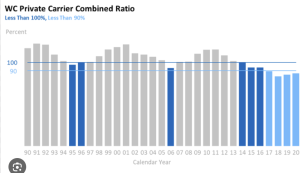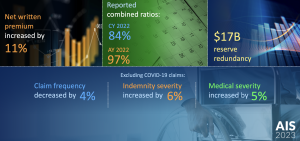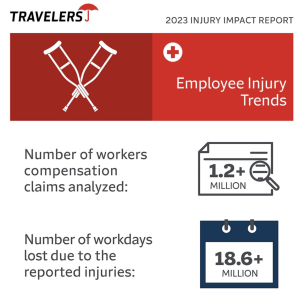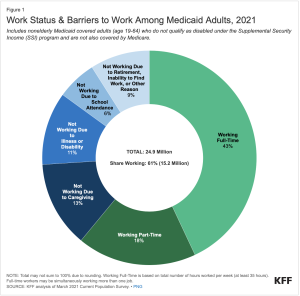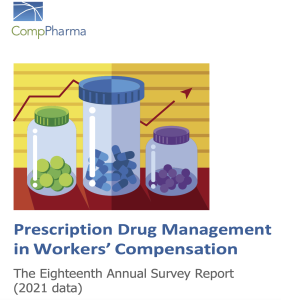Workers’ comp news…
After a long and litigious delay, myMatrixx has been awarded the contract to manage pharmacy benefits for the Coal and Energy programs run by the Federal Department of Labor’s Office of Workers’ Compensation Programs (OWCP). Details of the case – which involved a protest by rival PBM Optum – are here.
That’s the good news (the Feds should have had a PBM managing these programs years ago).
Now, the bad news.
The press continues to dive into the audit of the other OWCP program – the one that provides workers’ comp to all Federal employees (FECA). [audit report is free for download here]
The latest is from Leslie Small of AIS Health. [available at no cost via free trial subscription].
From Ms. Small’s piece:
- “OWCP has been doing a poor job of both controlling the FECA programs spending on prescription drugs and implementing its own policies to ensure that prescriptions are being appropriately dispensed, said the OIG report.”
- OWCP published a bulletin in 2011 that forbid reimbursement for fast-acting fentanyl prescriptions unless claimants had been diagnosed with a certain type of cancer…during the audit period…98.7% of the fast-acting fentanyl scripts that OWCP [and taxpayers] paid for “went to claimants without evidence of one of hte eligible cancer diagnoses”
- Even more troubling – if that’s possible – OWCP did not institute controls to mitigate opioid usage until the end of 2016, years after many commercial insurers, third-rate administrators, and large employees had done so…”
Here’s hoping this much-needed attention results in even-more-needed improvements.(my opinion only)
Drug costs in California are getting well deserved attention again; CWCI’s research identified 9 drugs – 3 each opioids, dermatologicals and antidepressants – that account for a significant percentage of total drug spend. CWCI members can get the full report at no cost; it’s $18 for others.
Briefly, branded anti-depressants, tapentadol/Nucynta, and the three anti-depressants make up a small percentage of scripts but a big percentage of dollars.
Of course, in the vast majority of cases the dermos are just BS drugs that should never be allowed…
What does this mean for you?
Don’t sleep on pharmacy...sure costs are down, but it still has a major influence on recovery, RTW, and claim closure.


